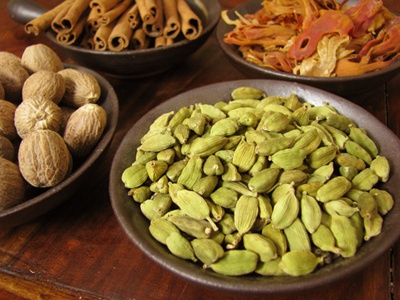

In fact, the first spontaneous reaction to odourants is a verbal description related to pleasantness (e.g. For these authors, the odour object is the integration of its pleasantness, induced by its external state (volatile molecules), with the subjective internal state when it is sensed. The unique properties of the sense of smell led Yeshurun and Sobel (2010) to define it as an emotional sense, where the emotion is not a result from the sensory stimuli but an integral part of the perception (Table 1). Malfeito-Ferrera takes the position that emotion relating to liking or not liking is an integral part of the perception of smell in part because olfactory stimuli are directly routed to the part of the brain that processes emotion: There has, of course, been a good deal of research on how emotions influence eating behavior, but studies of the influence of food on mood and emotions is of a more recent vintage. (There is not much science yet on the role of emotion in wine tasting.) His treatment of this topic is cursory but highly suggestiv,e and the studies he links to show a robust role for emotions in our responses to food, and by implication wine. This is of particular interest to me because I devoted Chapter Five in Beauty and the Yeast to a discussion of emotions in wine. One of the more interesting dimensions of his discussion is his inclusion of emotions in the construction of olfactory conceptual spaces. Over the past several weeks, I’ve been digging into microbiologist Malfeito-Ferreira’s literature survey on holistic wine tasting.


 0 kommentar(er)
0 kommentar(er)
